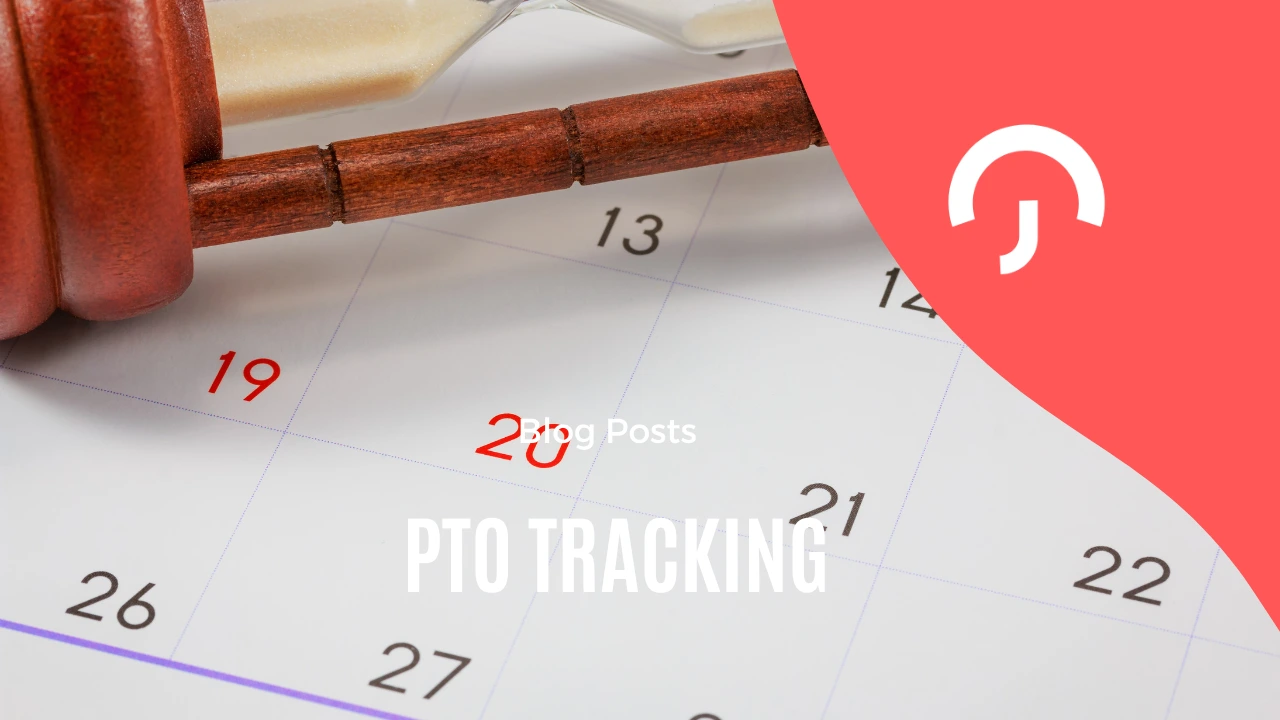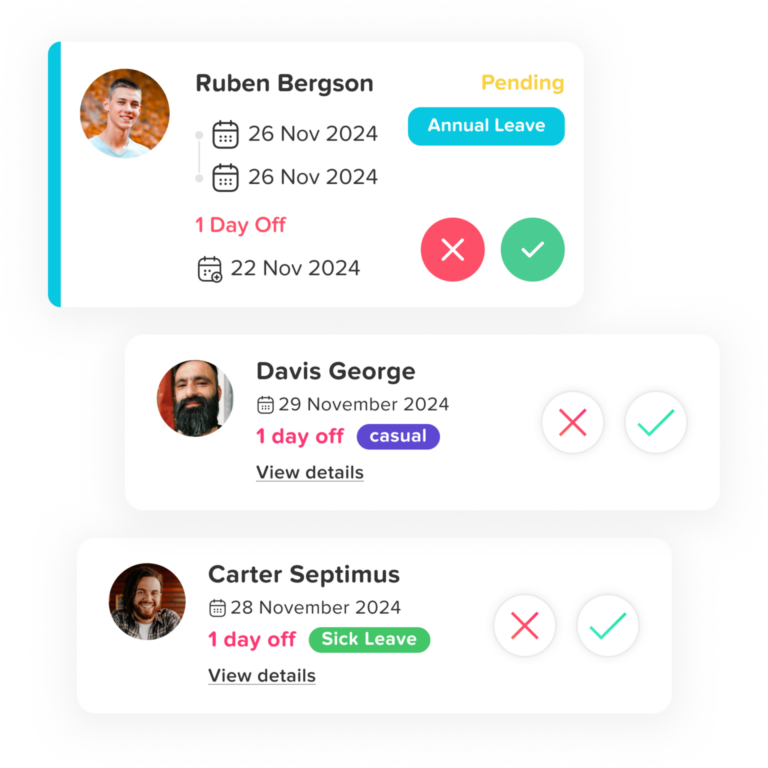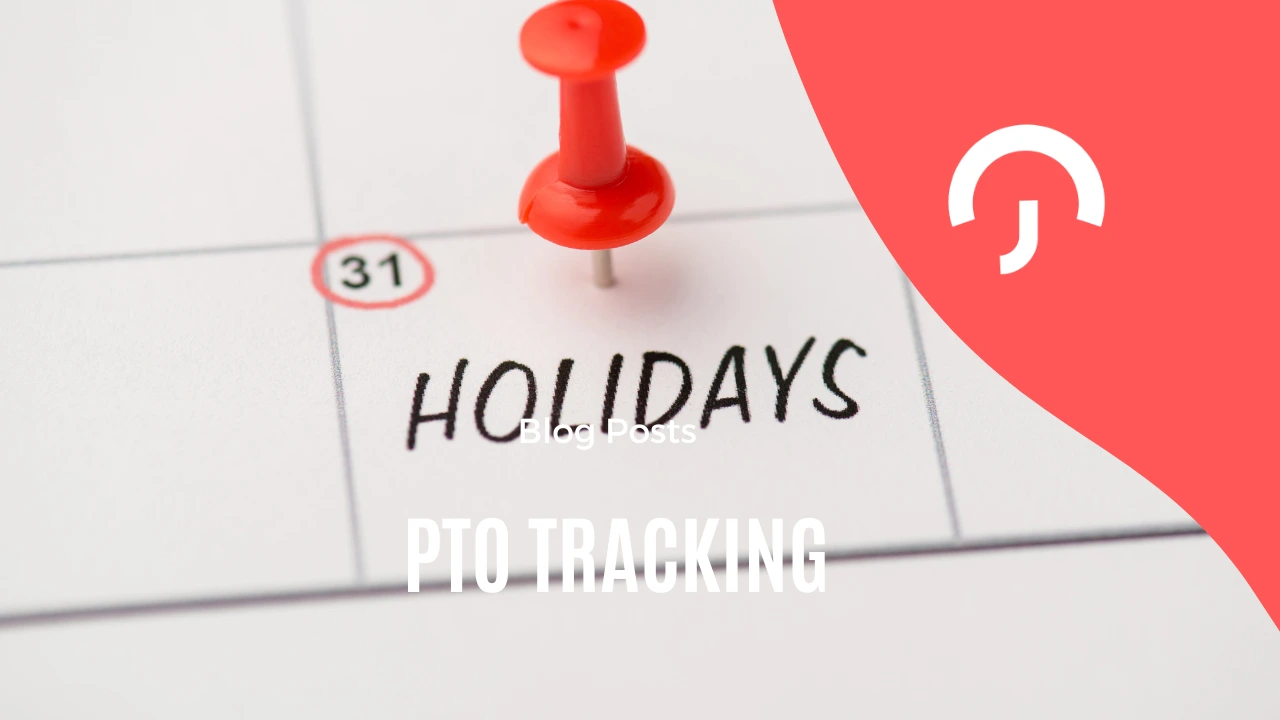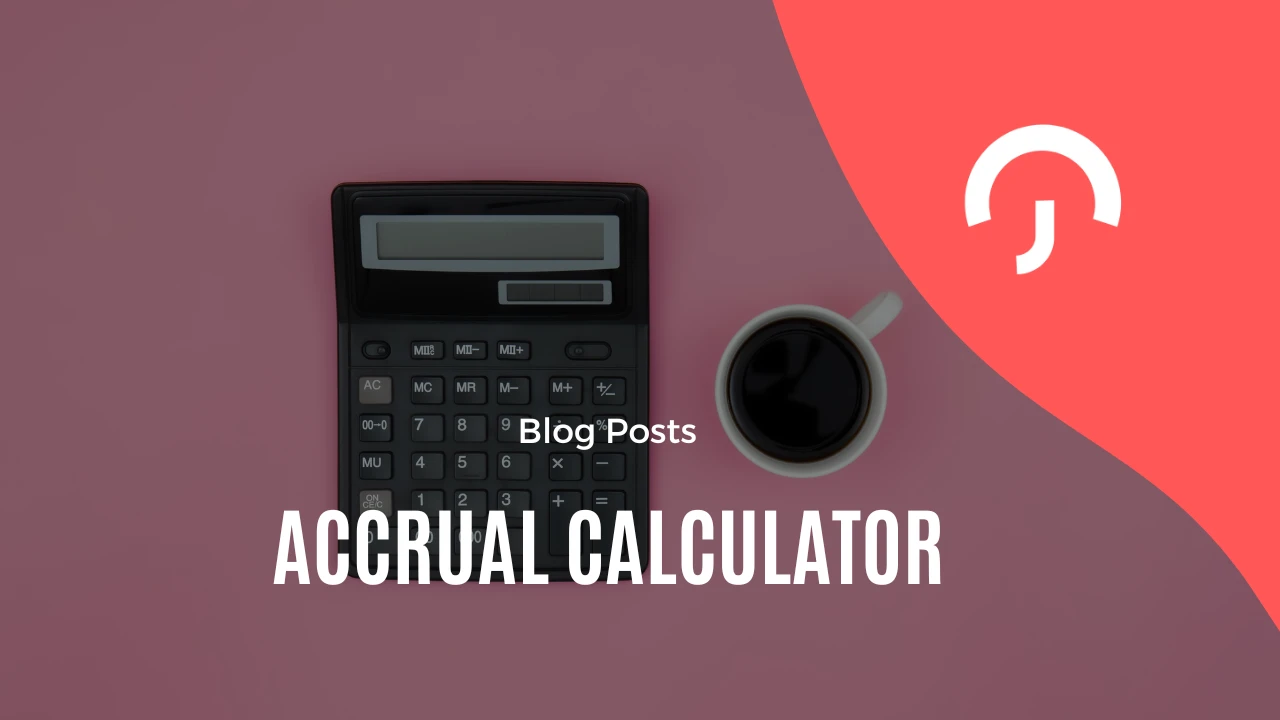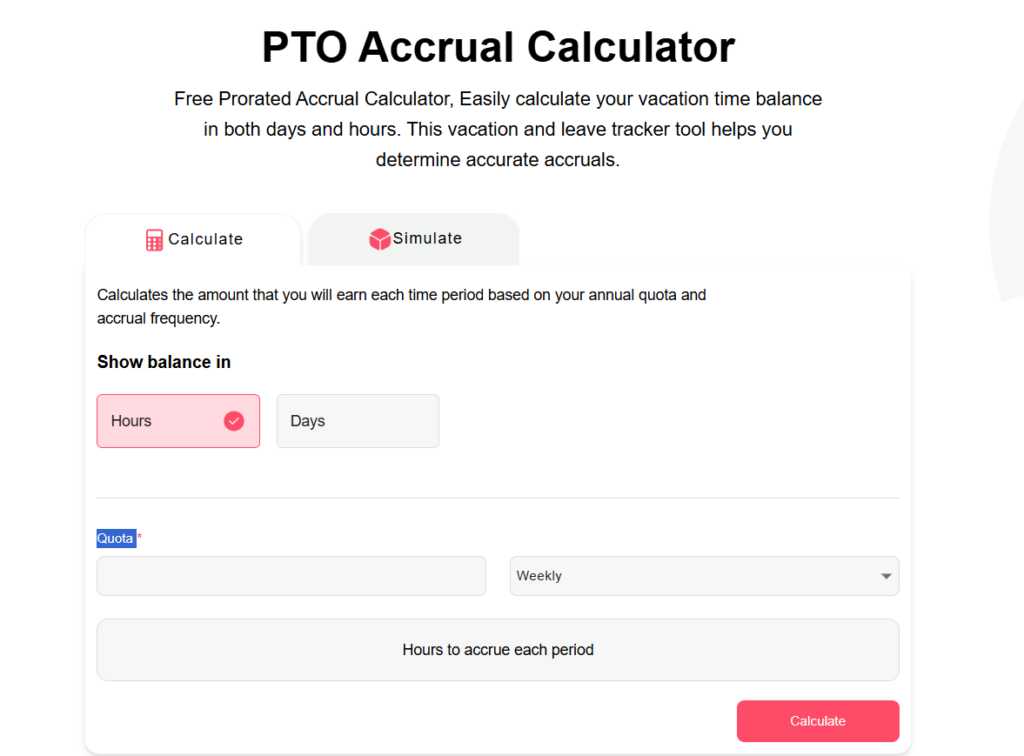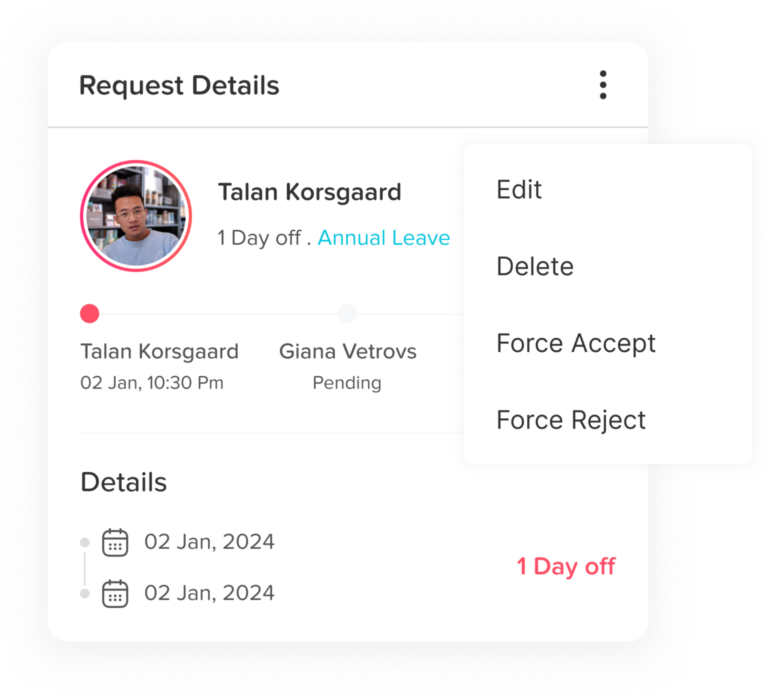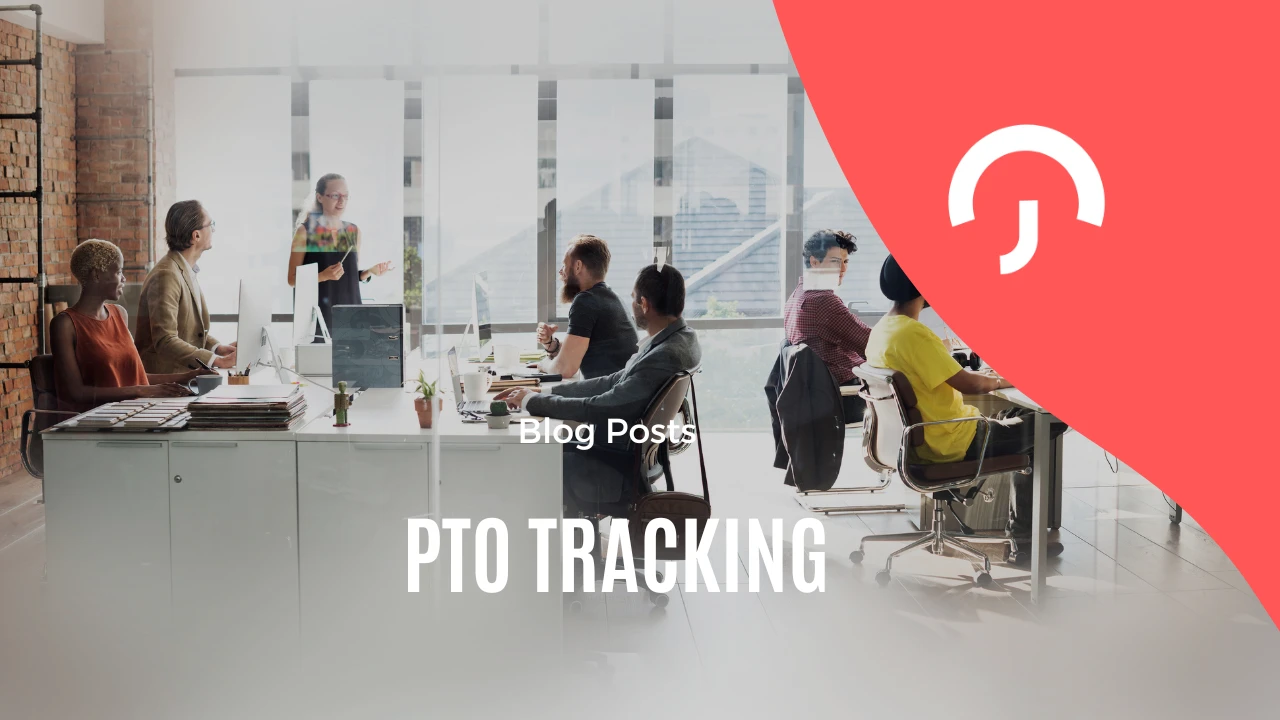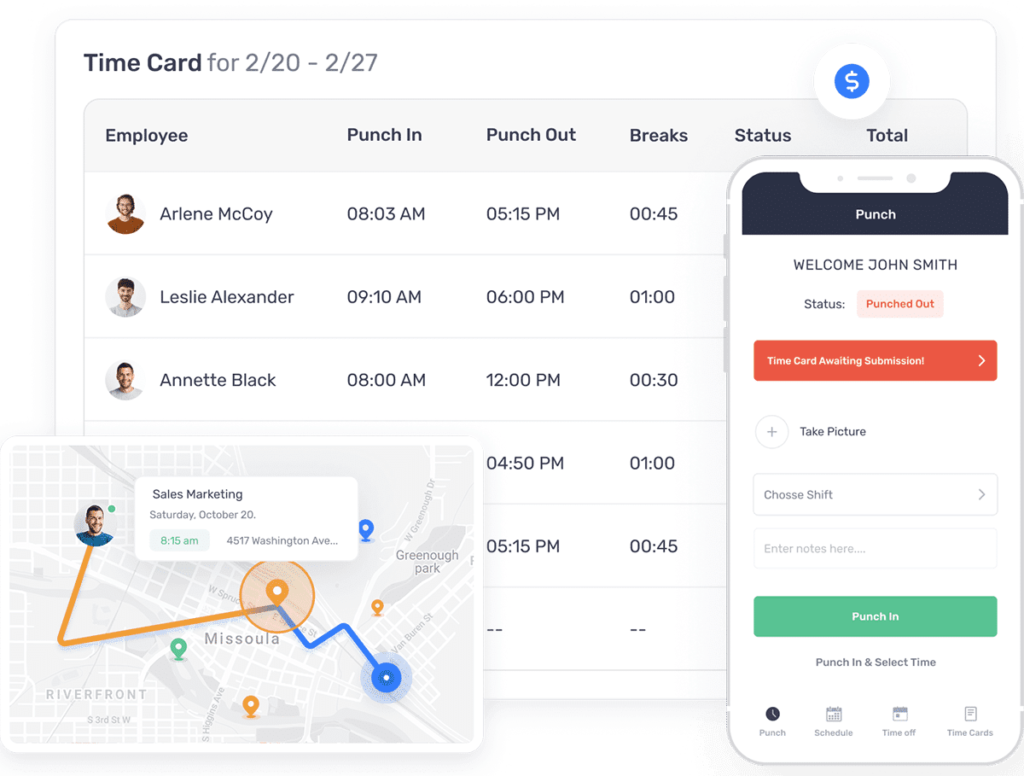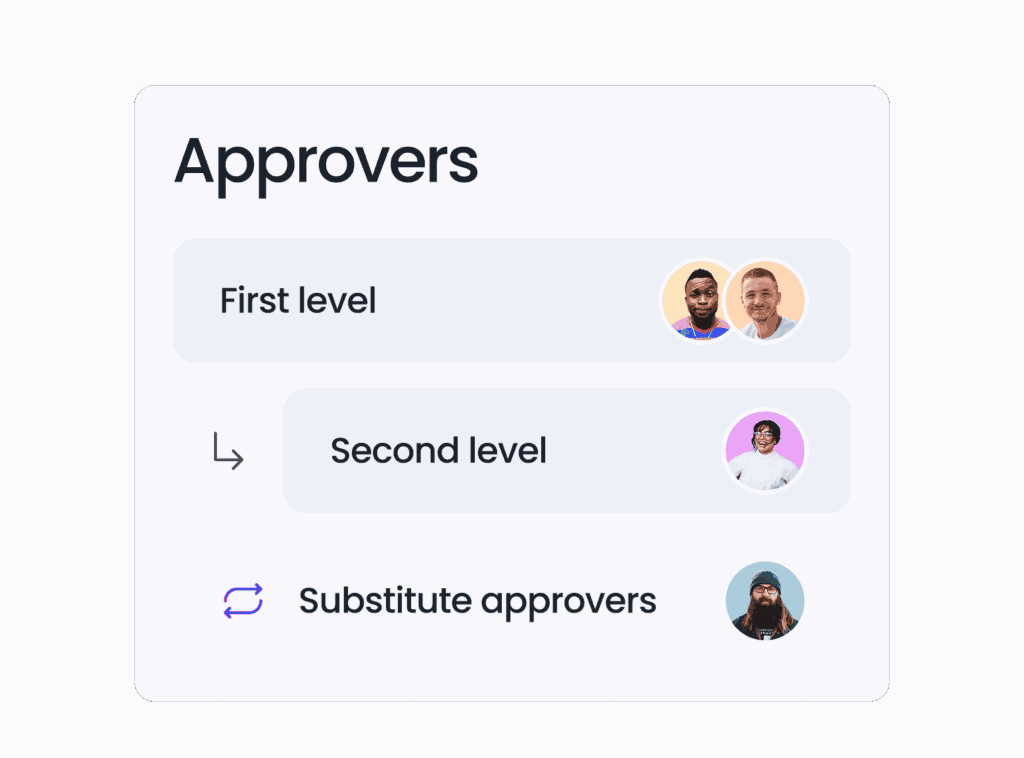The probation period serves as a transitional phase where newly hired employees and employers evaluate each other. It’s a critical window typically ranging from one to six months during which expectations, adaptability, and long-term potential are tested.
Managing probationary employees effectively is not only a matter of assessing fit it’s also a key contributor to long-term retention, performance, and company culture. Here is an in-depth guide covering everything you should and shouldn’t do when overseeing employees during this stage.
✅ The Do’s of Managing Employees on Probation Period
1. Clearly Define the Probation Period Objectives
Start by outlining exactly what the probation period is meant to achieve. This includes:
Core responsibilities
Measurable performance indicators
Behavioral expectations
Integration benchmarks (team collaboration, communication, etc.)
Pro tip: Provide this information in writing via an employee handbook or onboarding checklist.
2. Provide a Comprehensive Onboarding Experience
A proper onboarding process should go beyond a basic orientation. It should include:
Introduction to tools and software
Overview of company mission, vision, and values
Training sessions and mentorship pairings
A 30-60-90 day plan with check-in milestones
Pro tip: Assign a buddy or mentor to help the employee acclimate faster.
3. Give Frequent, Constructive Feedback
Waiting until the end of probation to provide feedback can be detrimental. Instead:
Schedule bi-weekly or monthly reviews
Use a mix of verbal and written communication
Highlight what’s going well in addition to what needs improvement
Set short-term improvement goals
Pro tip: Use feedback tools like 360° reviews or probation performance templates.
4. Encourage Open Communication
Probationary employees often hesitate to ask questions. Encourage transparency by:
Regularly checking in on their progress and well-being
Creating a safe space for asking questions
Offering encouragement and clarity without judgment
Pro tip: Use anonymous surveys or Slack check-ins to monitor how they’re settling in.
5. Assess Both Technical and Soft Skills
Evaluate how well the employee:
Understands and executes core job tasks
Adapts to the company’s workflows
Communicates with colleagues and management
Contributes to team collaboration
Demonstrates initiative and problem-solving
Pro tip: Document examples of both strong and weak performance areas.
6. Customize Support Based on Learning Style
Everyone learns differently. Some employees prefer hands-on guidance, while others thrive with self-paced tutorials.
Pro tip: Ask during onboarding how they learn best and tailor your support accordingly.
7. Provide Training and Development Resources
Don’t expect new hires to be perfect immediately. Support growth with:
Training videos or courses
Access to knowledge bases or wikis
Internal lunch-and-learns
Shadowing opportunities
Pro tip: Invest early in skill development to see quicker returns on performance.
8. Set SMART Goals
Use SMART criteria to define targets:
Specific: Define clearly what’s expected
Measurable: Track progress with KPIs
Achievable: Ensure goals are realistic
Relevant: Align tasks with job responsibilities
Time-bound: Set deadlines
Pro tip: Tie performance bonuses or incentives to goal completion.
9. Document All Interactions and Decisions
Record:
Progress reports
Feedback conversations
Any warnings or performance issues
Final evaluations
Pro tip: Use an HRIS or leave management app like Day Off to track probation-related leave and HR milestones.
10. End the Probation Period with a Formal Review
Whether the employee is being confirmed or not, conduct a formal exit review of the probation period. Discuss:
Achievements
Challenges
Whether they’re being retained or let go
Career path and goals moving forward (if staying)
Pro tip: Deliver this review in person or via a video call to ensure clarity and transparency.
❌ The Don’ts of Managing Employees on Probation Period
1. Don’t Be Vague About What You Expect
Avoid saying things like “Just settle in and do your best.” Vague guidance can set employees up for failure.
Instead: Provide exact benchmarks and a defined scope of work.
2. Don’t Treat the Probation Period Like a Passive Trial
This is not a “wait and see” period. Passive management leads to missed opportunities for improvement.
Instead: Be proactive with engagement and support.
3. Don’t Delay Addressing Red Flags
Minor issues can become major problems if not addressed quickly. If someone is consistently late, underdelivering, or unresponsive, act promptly.
Instead: Use a warning system with clear consequences and timelines.
4. Don’t Assume They Will “Just Know”
Every workplace has unwritten rules and nuances. Don’t expect new hires to intuitively understand company culture, decision-making styles, or communication norms.
Instead: Be explicit about both formal and informal expectations.
5. Don’t Rely on a Single Manager’s Opinion
One person’s perspective might be limited. Incorporate input from team members, project leads, or cross-functional colleagues.
Instead: Use collaborative assessments and 360° feedback.
6. Don’t Ignore Legal or HR Compliance
Probation doesn’t eliminate employee rights. Ensure you:
Adhere to labor laws and contracts
Respect notice periods
Document performance and misconduct professionally
Instead: Partner with your HR or legal team to mitigate risk.
7. Don’t Treat All Roles the Same
A customer support agent’s ramp-up period may be faster than a product manager’s. Adjust timelines and KPIs accordingly.
Instead: Create role-specific probation frameworks.
8. Don’t Let Office Politics Influence Your Assessment
Avoid letting team rumors, isolated conflicts, or subjective bias affect your final judgment.
Instead: Evaluate based on consistent behaviors and documented performance.
9. Don’t Leave Them in the Dark
Employees should never be surprised at the end of probation. If they’re being let go, it shouldn’t come as a shock.
Instead: Keep them informed of where they stand at regular intervals.
Managing Time Off During Probation period
During the probation period, it’s standard in many companies to restrict new employees from taking time off unless it’s an emergency or a legal entitlement. This helps ensure focus, proper assessment, and smoother onboarding during the employee’s early days.
To make this policy easy to enforce and track, the Day Off leave management app includes a smart feature designed specifically for probation control.

Key Features of Day Off for Probation Period Management:
Joining Date Input: Employers can enter the employee’s official start date directly in the system.
Automated Probation Calculation: The app automatically calculates the probation period duration (customizable by company settings) based on the joining date.
Time-Off Restriction: During the probation window, the system blocks the employee from submitting any time-off requests, helping maintain policy compliance.
Auto-Unlock Post-Probation: Once the probation period ends, the restriction is automatically lifted, and the employee gains access to their regular leave allowance.
This automated process not only enforces company rules fairly and transparently but also reduces manual work for HR teams. It ensures that both employers and employees are aligned on leave eligibility from day one.
FAQs
1. How long should a probation period be?
Probation periods typically last between 1 to 6 months, depending on the nature of the role and the company’s policy. Some organizations offer a standard 3-month period with the option to extend if needed.
2. Can an employee take leave during their probation period?
Yes, in most cases, employees can take leave during probation, although:
It might be unpaid unless otherwise stated in the contract.
Leave policies may differ from those of permanent staff.
Excessive or unapproved leave during probation can affect performance evaluations.
Tip: Use a leave tracking app like Day Off to monitor probationary leave balances clearly and fairly.
3. Can a probationary employee be terminated without notice?
This depends on local labor laws and the employee’s contract. Some jurisdictions allow for termination with shorter notice or no notice during probation. However, it’s always safer and more professional to:
Provide documented reasons
Offer feedback and an opportunity to improve first
Follow company and legal procedures
4. Should probation periods be extended if performance is borderline?
Yes, if the employee shows potential but hasn’t fully met expectations, extending the probation (usually by 1–3 months) can be a fair alternative to termination. Clearly document the reasons, new goals, and the extension period.
5. What happens after the probation period ends?
If successful, the employee typically:
Is confirmed as a permanent staff member
Gains access to full benefits and entitlements
Begins their longer-term development path within the organization
If unsuccessful, the employment may be:
Terminated, following due process
Extended with a performance improvement plan (PIP)
Shifted to a different role, in rare cases
6. Do probationary employees have the same rights as permanent staff?
In many jurisdictions, probationary employees are still protected by labor laws, including:
Minimum wage
Anti-discrimination laws
Right to safe working conditions
However, benefits such as bonuses, paid leave accrual, or medical coverage may be restricted or delayed until the probation ends.
7. How should I structure a probation review meeting?
A probation review should cover:
Key performance areas
Strengths and progress
Challenges faced
Future expectations
Final decision (confirmation, extension, or termination)
Tip: Always document the review discussion and share a summary with the employee.
8. What are common reasons probationary employees fail?
Some of the most frequent reasons include:
Poor attendance or punctuality
Inability to adapt to the role
Poor communication or teamwork
Lack of initiative or learning progression
Cultural misalignment



